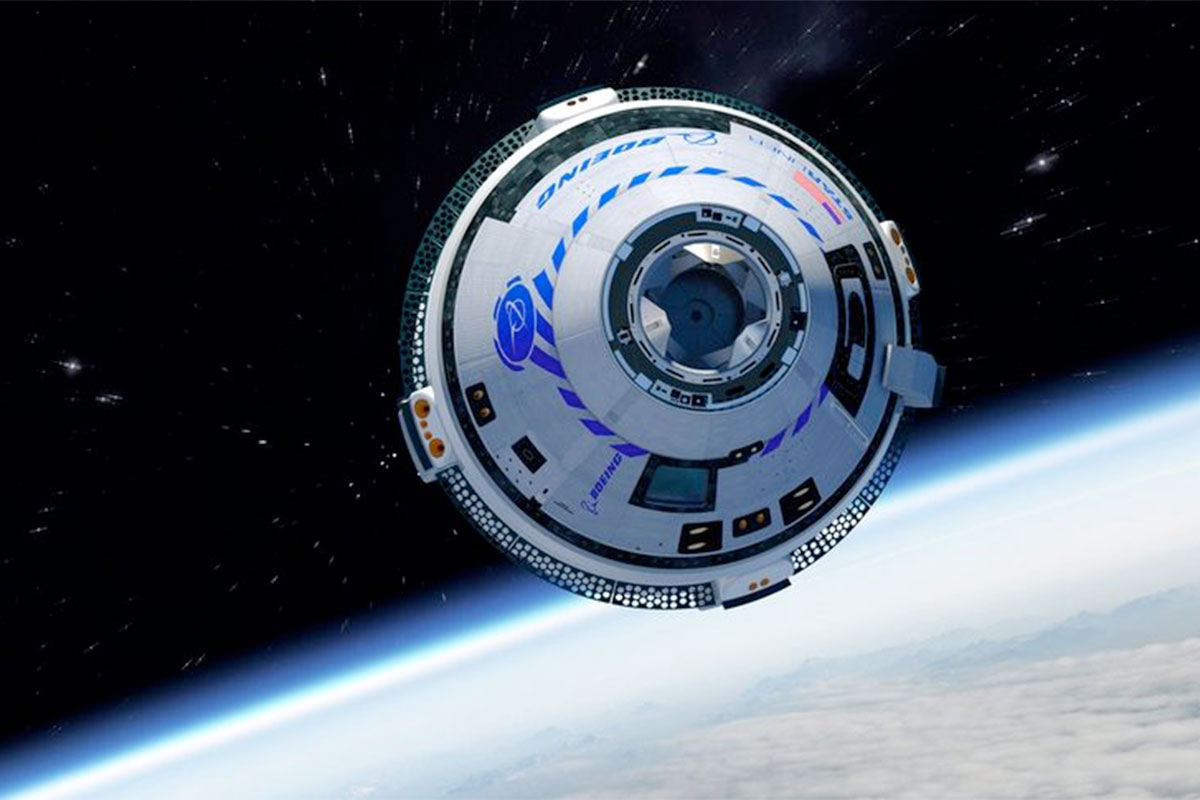Heart muscle can regenerate after failure in some people with artificial hearts: Study
Heart muscle can regenerate after failure in some people with artificial hearts, an international research team has found.
“Astronauts face an overwhelming amount of work the day investigations arrive, but these cells need fresh medium right away. We thought we had better work out this procedure ahead of time,”

NASA said it still intends to conduct the needed oversight to make sure those corrective actions are taken. (Photo: Boeing)
Researchers have explored new ways to culture living heart cells for microgravity research aboard the International Space Station (ISS).
They found that cryopreservation — a process of storing cells at minus 80 degrees Celsius — makes it easier to transport these cells to the orbiting lab, providing more flexibility in launch and operations schedules. The process could benefit other biological research in space and on Earth.
Advertisement
The investigation, MVP Cell-03, cultured heart precursor cells on the ISS to study how microgravity affects the number of cells produced and how many of them survive. These precursor cells have potential for use in disease modelling, drug development, and regenerative medicine, such as using cultured heart cells to replenish those damaged or lost due to cardiac disease.
Advertisement
Previous studies suggest that culturing such cells in simulated microgravity increases the efficiency of their production. But using live cell cultures in space presents some unique challenges. The MVP Cell-03 experiment, for example, must be conducted within a specific timeframe, when the cells are at just the right stage. Flight changes and crew availability could lead to delays that affect the research.
“Sometimes a flight is delayed and investigators have to prepare batches and batches of backup cells,” said Chunhui Xu of Emory University School of Medicine in Atlanta, principal investigator for MVP Cell-03.
“Astronauts face an overwhelming amount of work the day investigations arrive, but these cells need fresh medium right away. We thought we had better work out this procedure ahead of time,” Xu added.
The results, recently published in the journal Biomaterials, show that cryopreservation does not appear to affect the cells and even offers the added benefit of protecting cells from excess gravity experienced during launch.
The team also compared a new cell culture medium that does not require carbon dioxide with the current standard medium, which does, and found no difference between the two. Carbon dioxide adds weight and mass — and cost — to a space launch. The research team tested several modifications to culture media to improve cryopreservation procedures as well.
The cryopreserved heart cells flew to the space station in March 2020. Astronauts thawed and successfully cultured them, generating beating heart cells. Those were returned to Earth after 22 days of spaceflight.
Advertisement